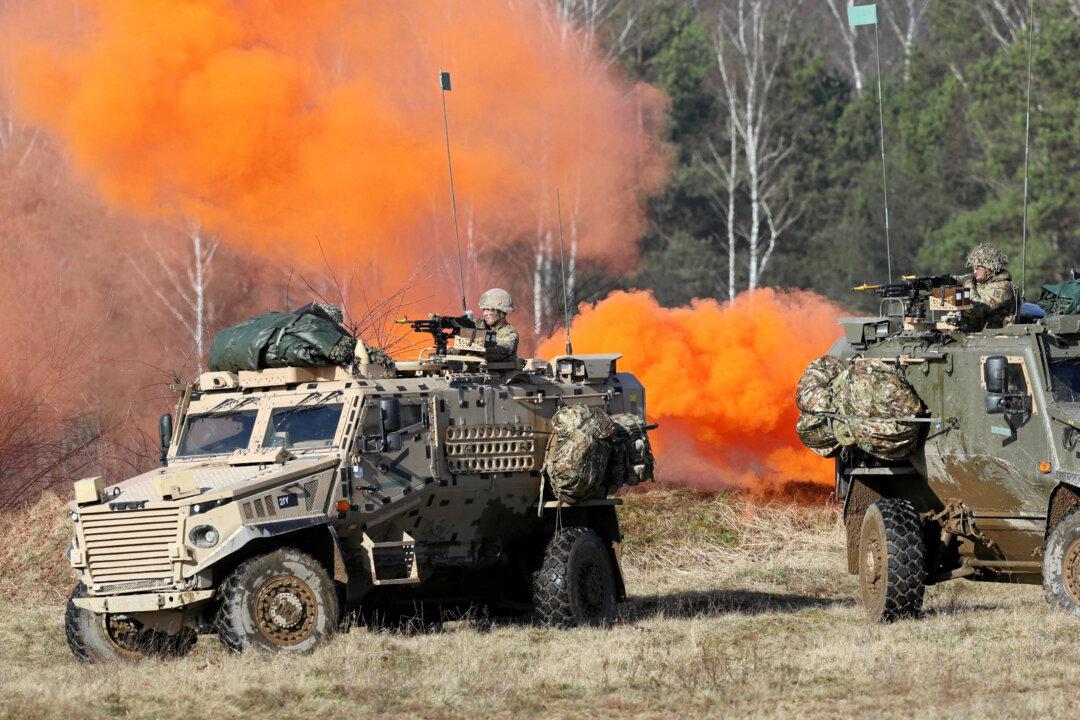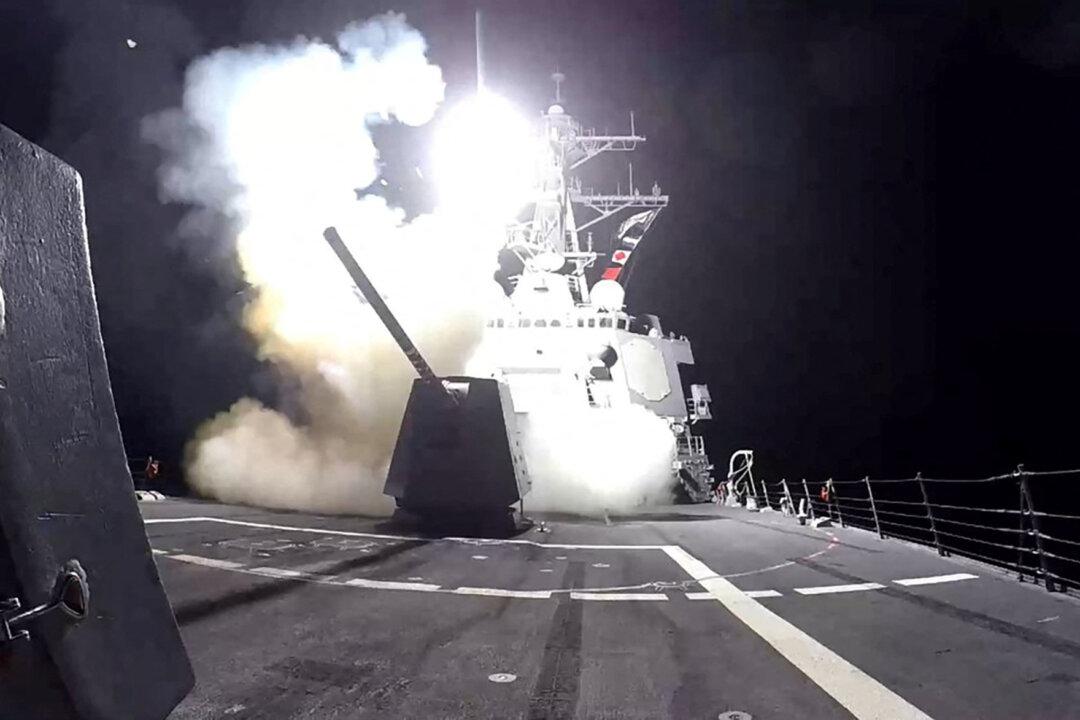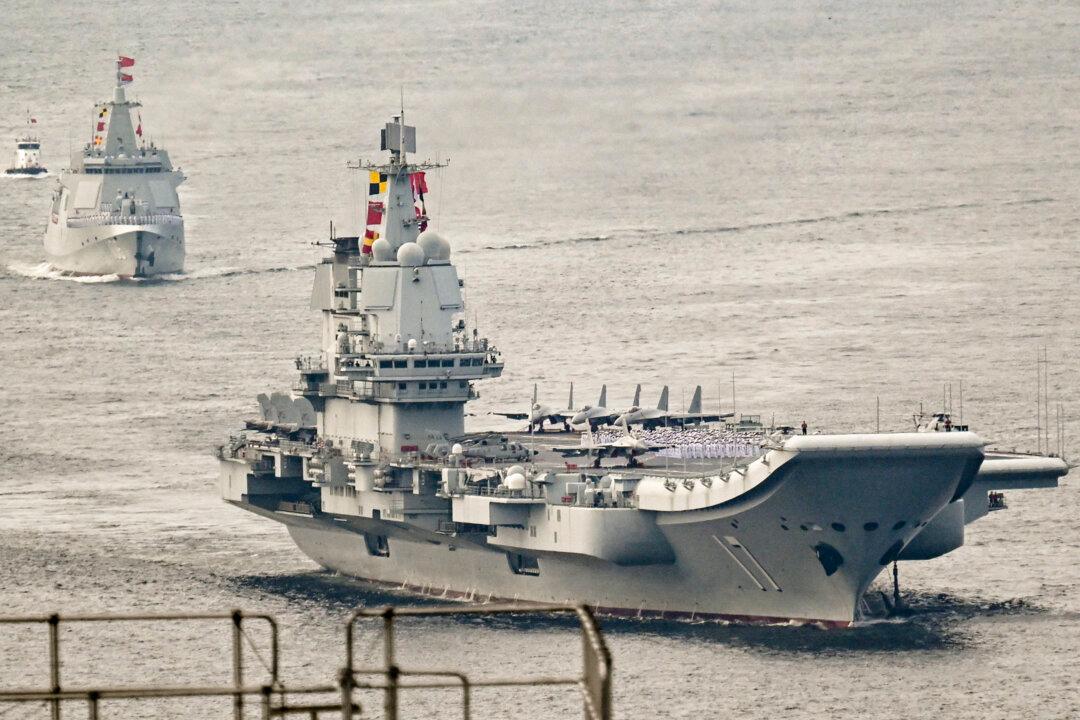The number of NATO member nations meeting their defense spending obligations has increased dramatically in the wake of Russia’s full-scale invasion of Ukraine, Congress has heard.
The defensive military alliance adopted the guideline that all member nations should spend at least 2 percent of their gross domestic product (GDP) on defense spending in 2014, following Russia’s limited invasion and seizure of Crimea from Ukraine.




